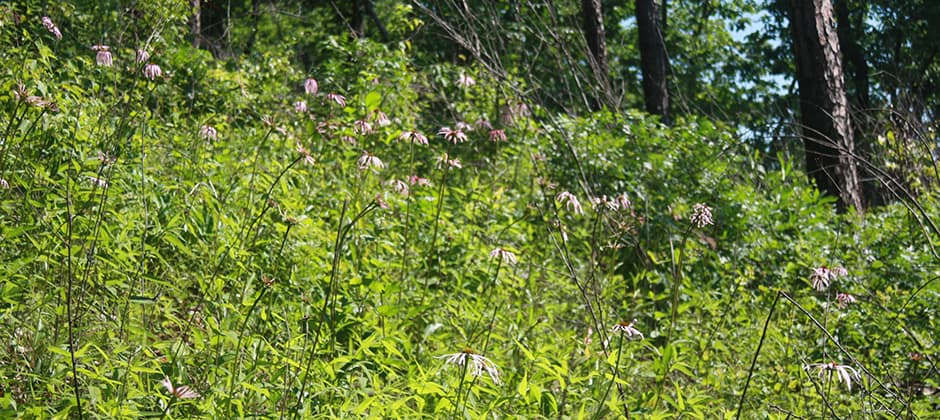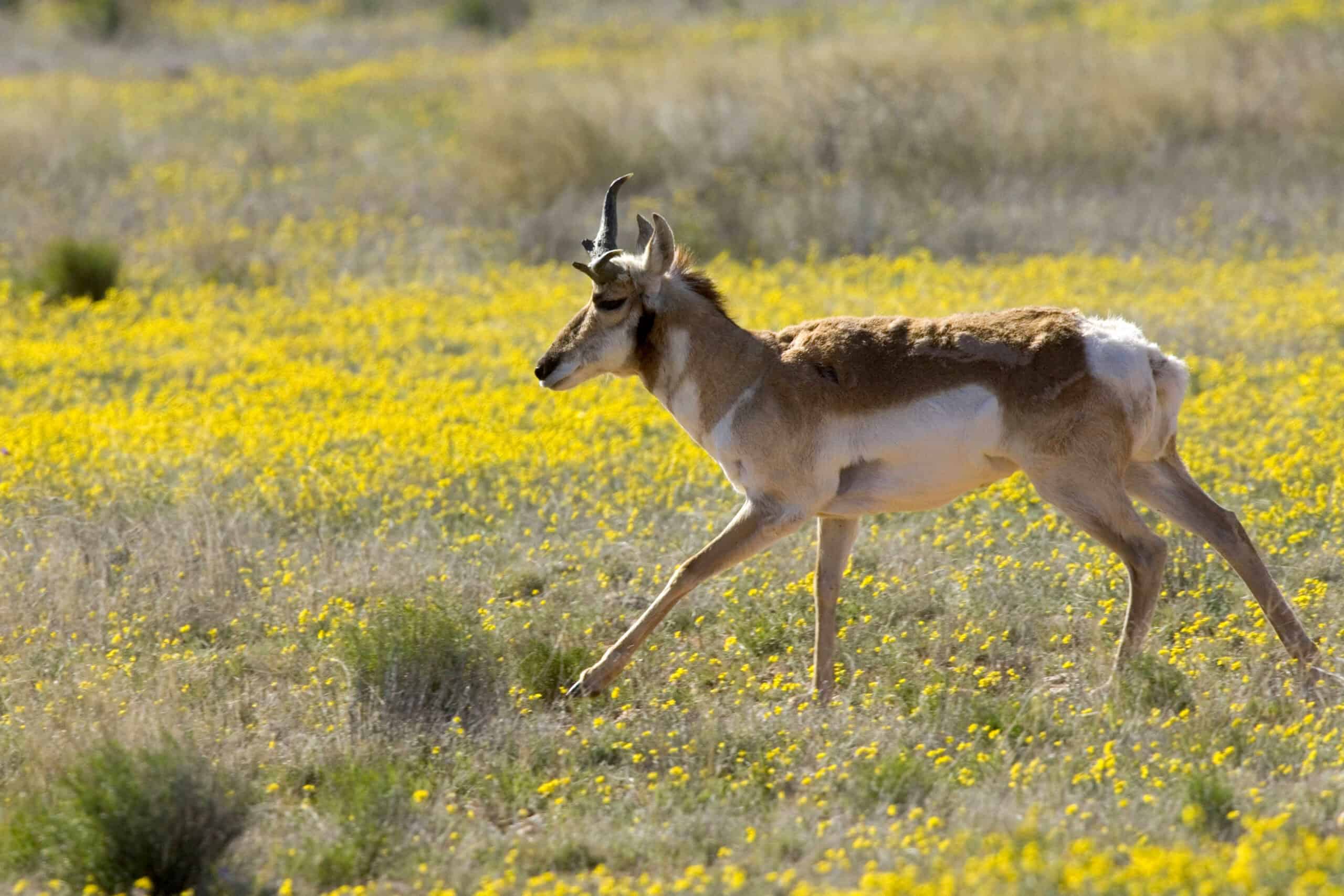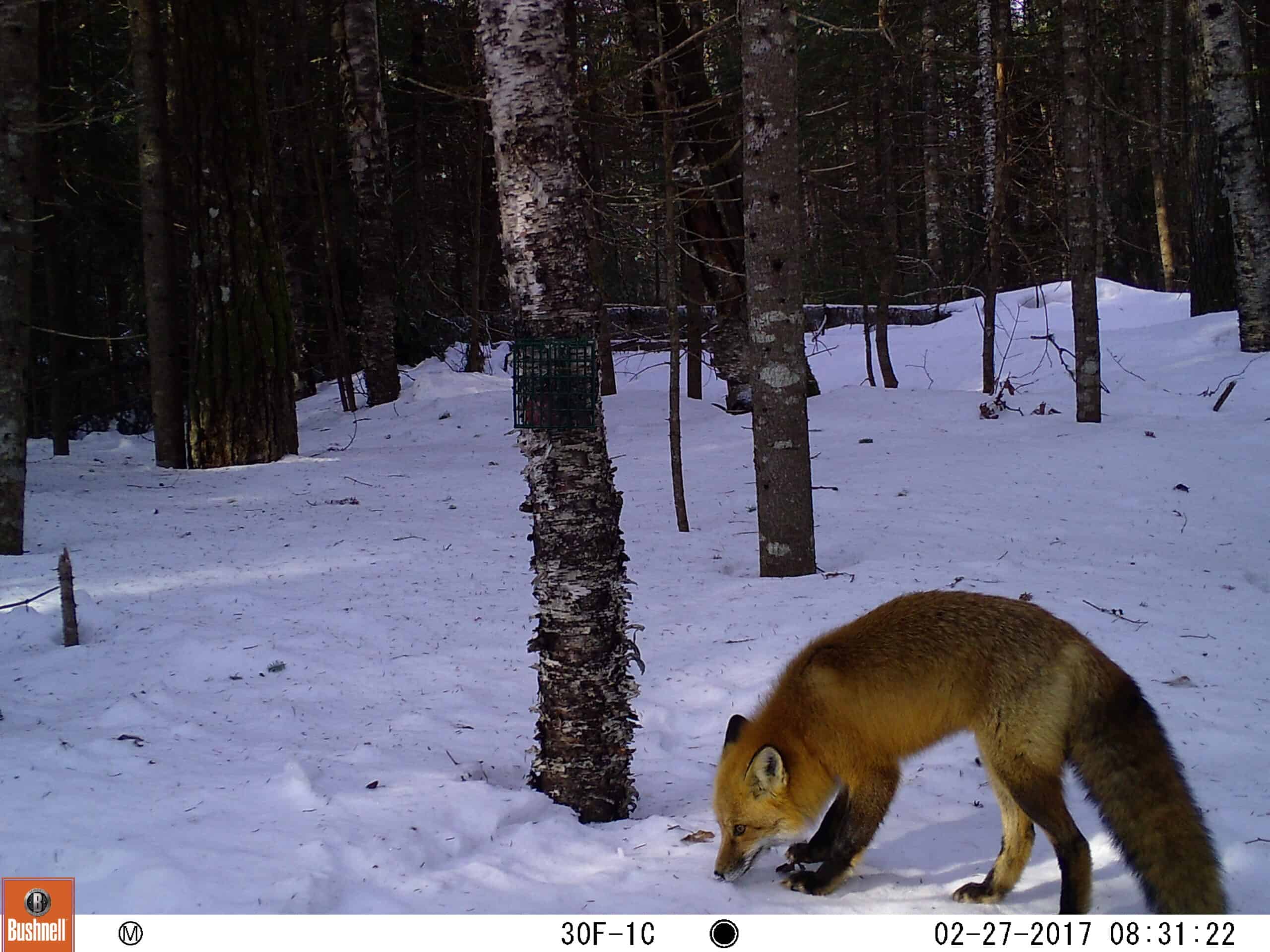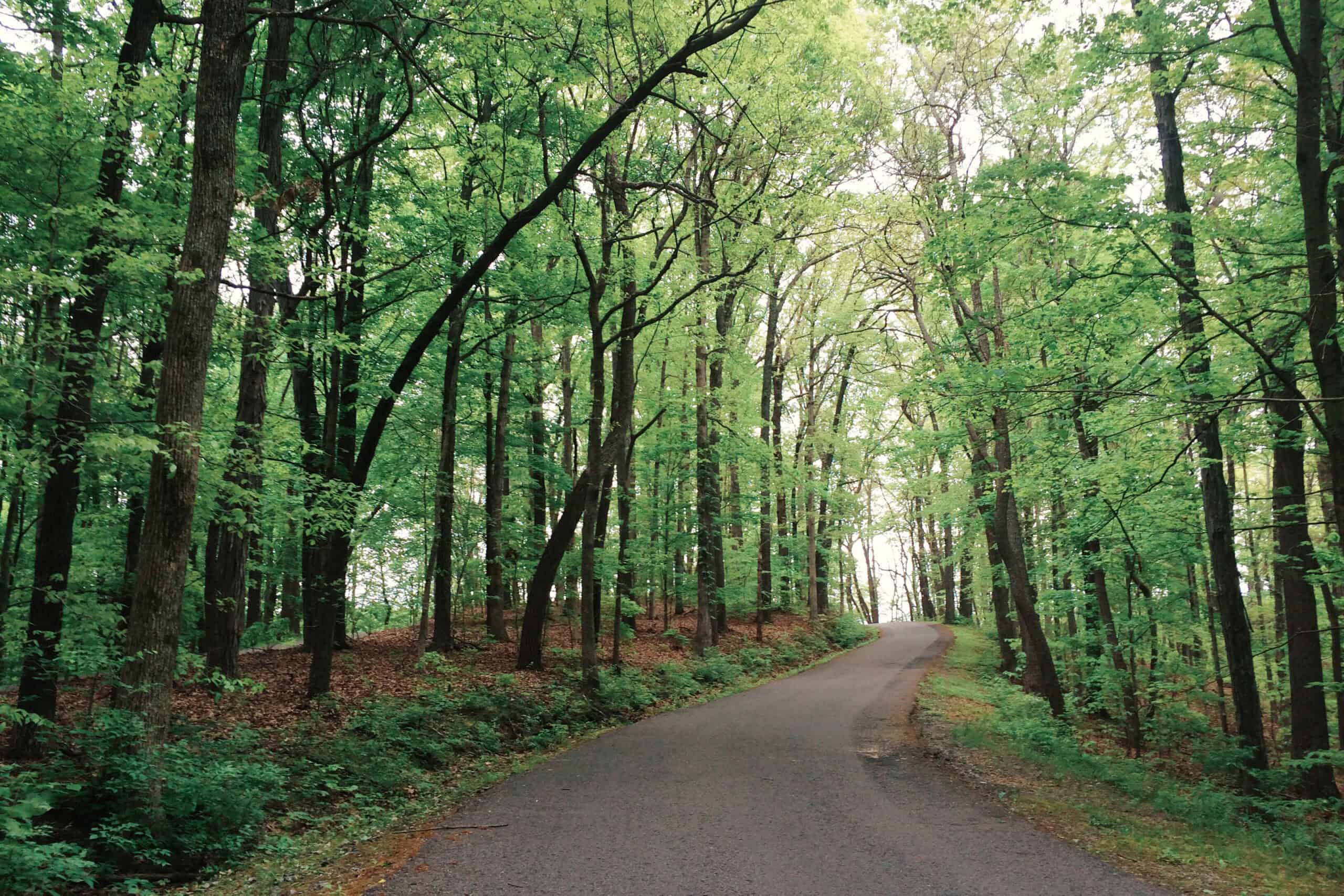Share this article
Armadillo likely damaged endangered flowers
A nonnative armadillo is the likely culprit in a case involving damaged endangered coneflowers in Georgia.
“We looked over the site very thoroughly because obviously from the naked eye, it appeared as if there could have been potential poaching,” said David Vinson, a wildlife biologist with the U.S. Forest Service working in the Chattahoochee-Oconee National Forest.
Vinson, along with forest ecologist and USFS botanist Jimmy Rickard, was called to the scene when about two dozen smooth coneflowers (Echinacea laevigata), a federally endangered species, were found disturbed in the Chattahoochee National Forest in Northeast Georgia.
The initial report held that poachers were responsible, but closer examination revealed that the suspect likely had four legs.
“The more we looked at it, the more we felt like it had to be an animal. There were too many coneflowers that got missed,” Vinson said, adding that most of the flowers weren’t actually removed, but only disturbed with partial root damaged. He and Rickard believe that it was an armadillo based on recent sightings of the nonnative animals in the vicinity of the area around the coneflowers.
Nine-banded armadillos (Dasypus novemcinctus) occur in parts of the Southeast, but they don’t traditionally range as far north as Stephens County, Ga., where the coneflower damage occurred. These nonnative species have been turning up with increasing frequency in recent years, Vinson said.
“It must have something to do with our warmer winters,” he said.
Vinson said he and Rickard found a lot of disturbance to the area but no actual damage to the coneflowers.
While armadillos much of a problem in the area yet, Vinson said, he worries they may become a growing nuisance as efforts to conserve species like the coneflower continue. Besides the value of the plants themselves, coneflowers represent a type of open early successional landscape that is lacking in the area due to fire suppression.
“It’s kind of tough when you spend so much time and effort at those sites and a hog or an armadillo comes in and damages something you’ve been working on for years,” Vinson said.
Header Image: Endangered coneflowers in northeast Georgia were disturbed recently. ©Jennifer Haney








